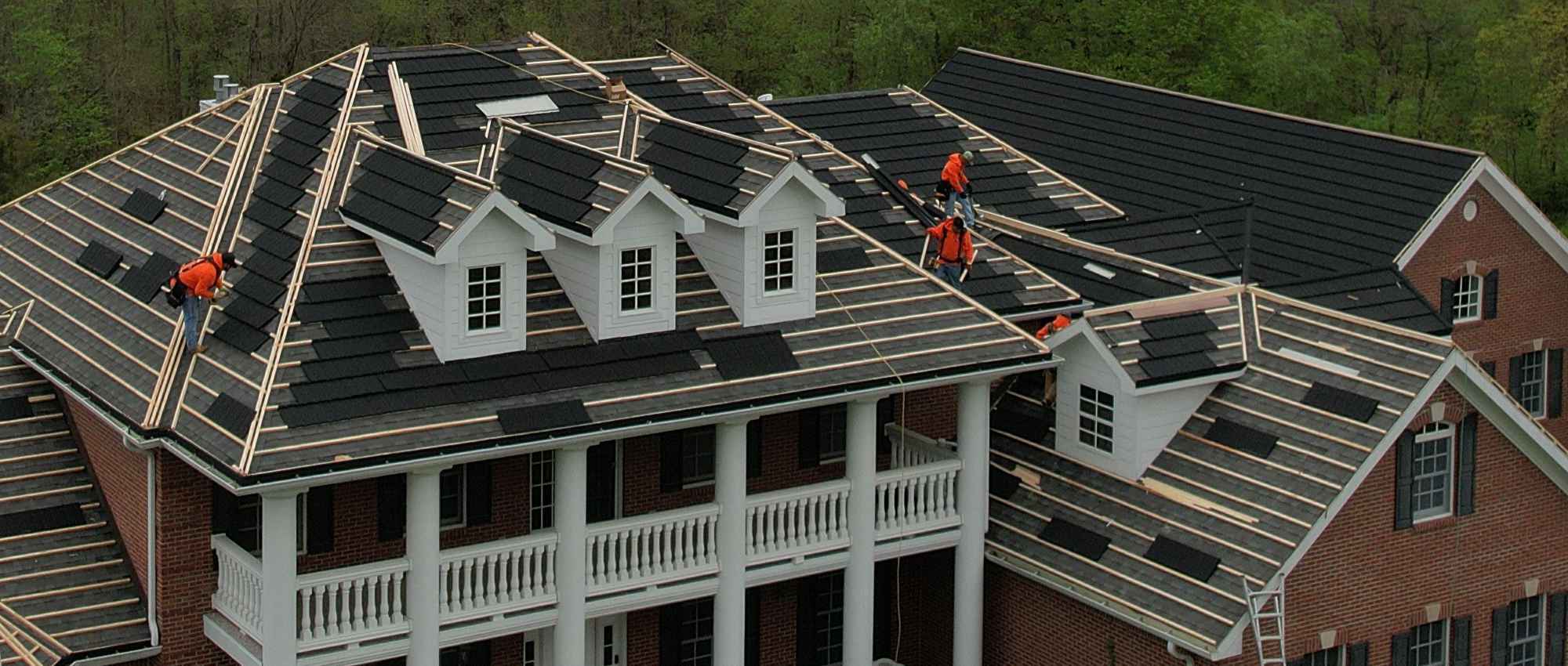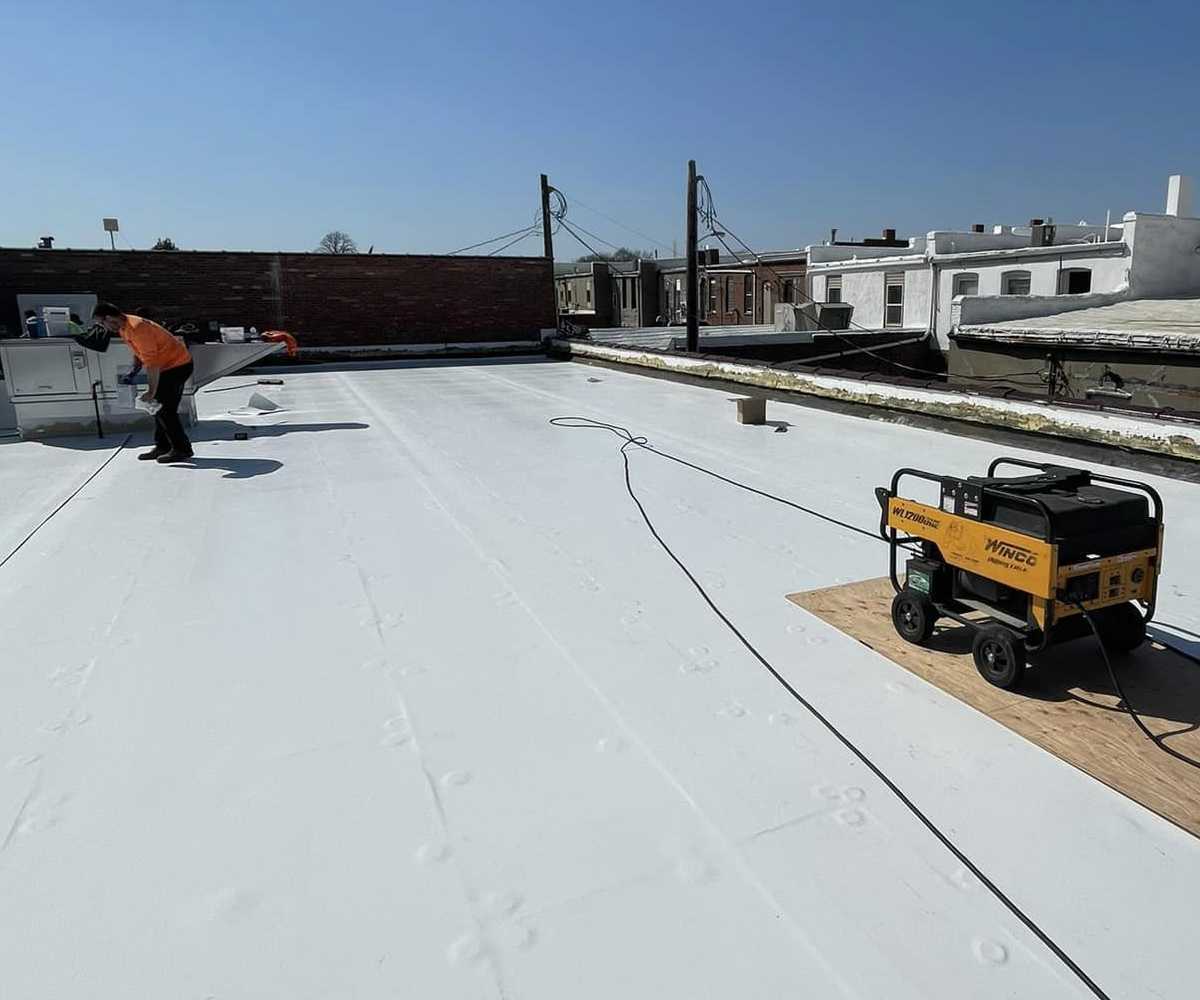The Last Roof You Will Ever Need
Walker Brothers Roofing: Quality Metal Roofing and Commercial Roofing Installation Services in Sioux City for Over 20 Years.
Established in 1999, Walker Brothers Roofing has been a trusted, family-owned business serving Sioux City and the surrounding areas. With a strong commitment to quality craftsmanship and exceptional customer service, we take pride in every project we undertake.

Our Dedicated Team Is Committed to Excellence
As a family and veteran owned business, we understand the value of hard work and dedication. Our team of certified roofers is insured, licensed, bonded, and factory trained, ensuring that we deliver top-notch results with every roofing project. We have obtained certifications in all roofing products we install, demonstrating our expertise and commitment to staying updated with the latest industry standards.
Serving a Wide Range of Customers
At Walker Brothers Roofing, we cater to diverse clientele, including residential, commercial, church, and government customers. While our primary focus is the Greater Siouxland area, we proudly extend our services to Iowa, Nebraska, South Dakota, North Dakota, Minnesota, Wisconsin, Illinois, and Montana. No matter where you are located within these regions, we are dedicated to meeting your roofing needs.
Experience the Walker Brothers Difference
When you choose Walker Brothers Roofing, you can expect nothing less than exceptional service and unparalleled workmanship. We approach every project with a keen attention to detail and prioritize integrity in all our endeavors. Our goal is to exceed your expectations, delivering a high-quality roof that stands the test of time.
Contact us today to experience the Walker Brothers Roofing difference. Let our experienced team take care of your roofing needs with professionalism, expertise, and a commitment to customer satisfaction.
Residential Metal Roofing
Walker Brothers Roofing are the experts in installing Stone Coated Metal roofing. With many options for design and color, we'll help you put a lid on your house, barn, or garage that will most likely last longer than you. Guaranteed.

Metal Roofs for Churches
Walker Brothers roofers are the go to professionals for Church Roof installs. We'll go to great lengths- and heights to ensure your church has only the best materials and craftsmanship on your steeples, gables and all. Ensure maximum protection while preserving the classic look on your structures. We've traveled the whole US for our Church Roofing installs, so call us for a quote no matter where you are!

Commercial Roofing
With multiple options depending on your requirements and budget, we'll design and build the optimal plan for your commercial roof. We also do repairs on existing commercial roofs. With hundreds of TPO, PVC, Mod Bit and Built-Up roofing systems under our belt, we are the leading roofing installers in the Sioux City and surrounding areas.



